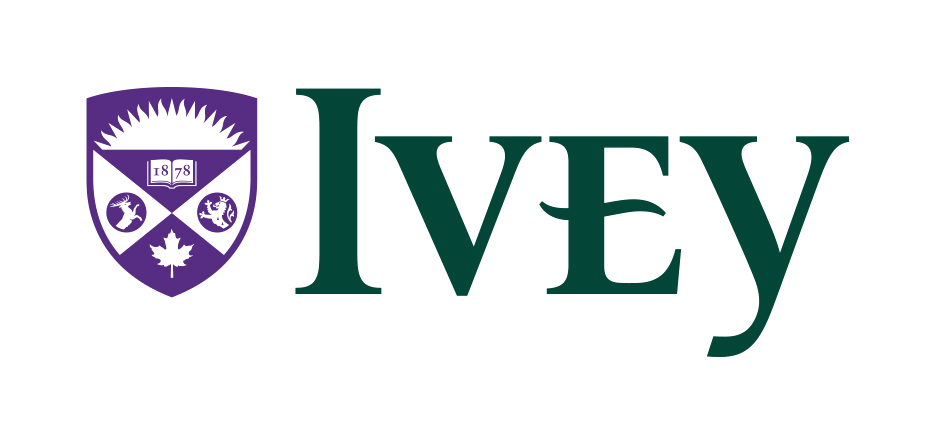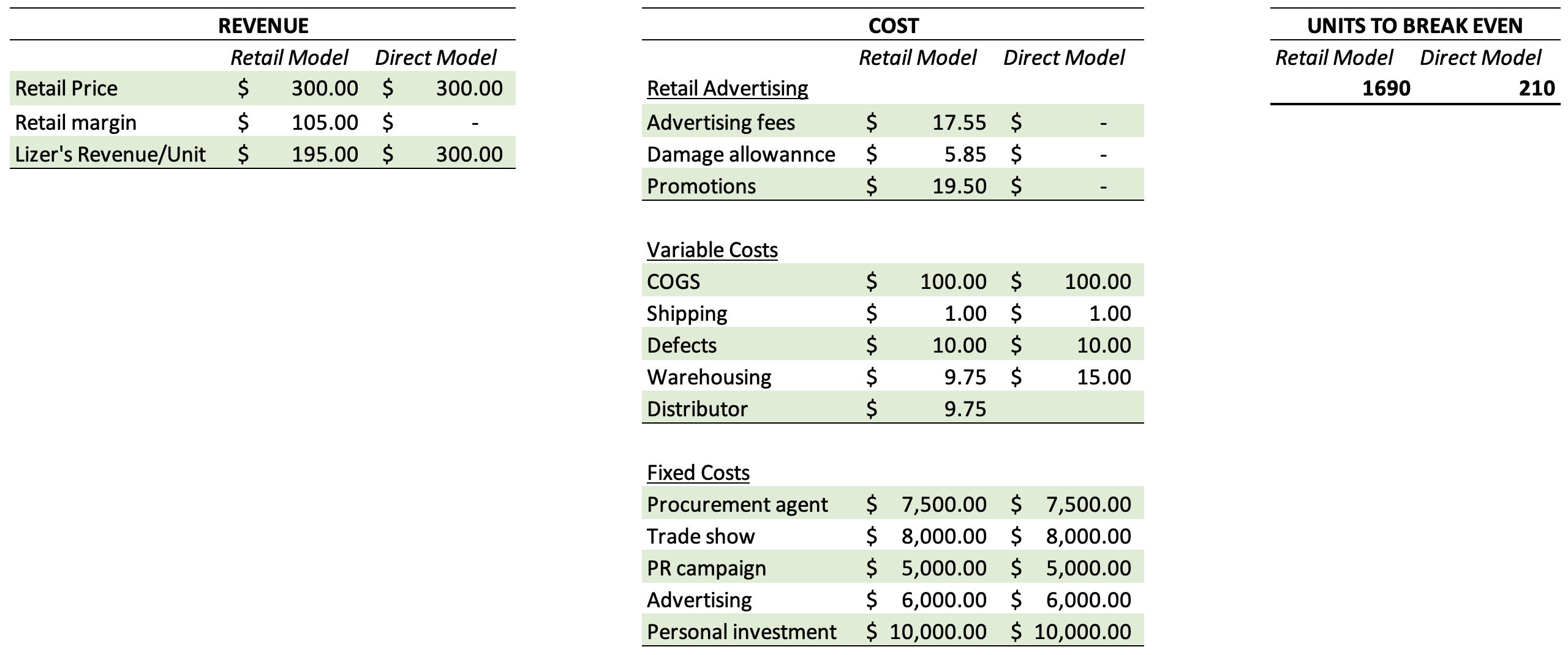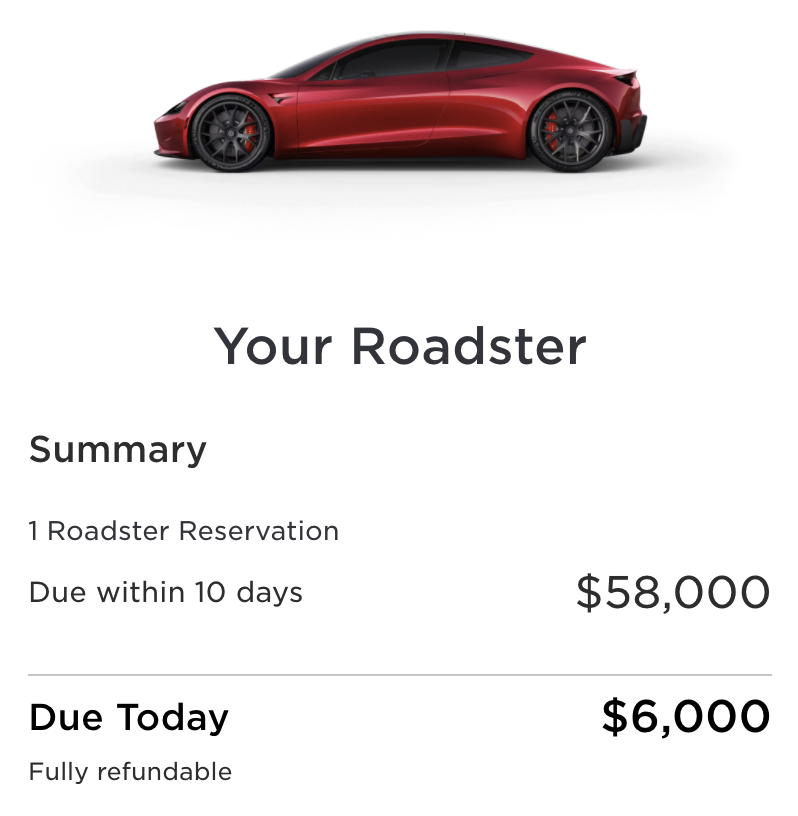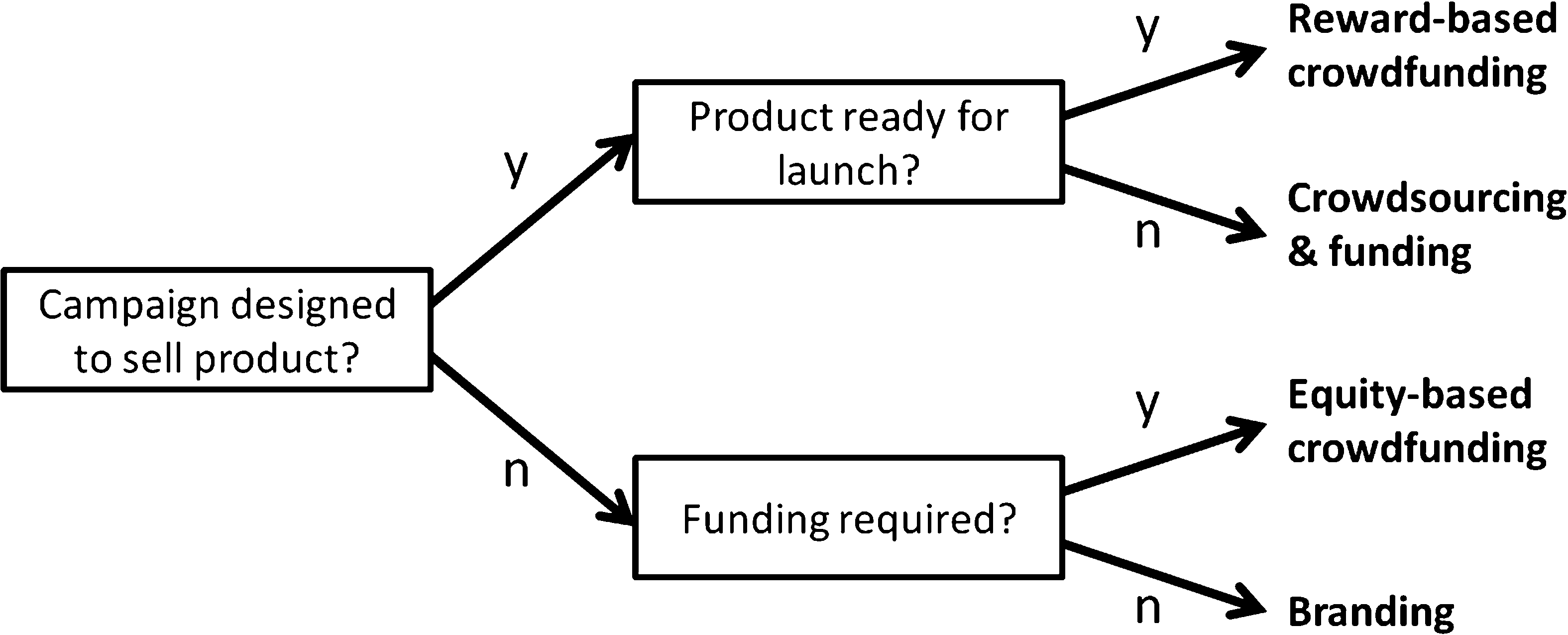Global Economy, Markets and Strategy

Agenda
- Case: Devium's Dash: Crowdfunding a Venture on Kickstarter.
- Crowdfunding as a Means of Financing.
- Asymmetric Information Issues in Crowdfunding.
Lizer is running lean.
- Prototypes made out of wood.
- Working full-time at Lockheed.
- Learning electrical engineering and CAD on the side.
- Outsourcing to independent contractors for the core development.
What do you think of Lizer's approach? How far will this take him?
Planning fallacy.
A systematic underestimation of the duration for a set of tasks, even when the agent has experience with these tasks.
How competitive is the market Lizer is entering (in 2011)?
Is direct-to-consumer sales a realistic option?

Which model looks more appropriate? What are the pressure points of each model?
What are Lizer's financing options?
| 1) | 2) |
| 3) | 4) |
| 5) | 6) |
What are the benefits of crowdfunding the Dash?
| 1) | 2) |
| 3) | 4) |
| 5) | 6) |
What are the limitations of crowdsourcing the Dash?
| 1) | 2) |
| 3) | 4) |
| 5) | 6) |
Is crowdfunding just for small companies?

Decision tree for crowdfunding approaches.
Brown et al. (2017)

Do you think consumers prefer crowdfunded campaigns?
What mechanism design features should platforms keep in mind?
Crowdfunding backer types.
- Early backers (friends and family, high-value consumers)
- Goal gradient backers (want to feel pivotal in project's success)
- Post-funding backers (asymmetric information: needs a signal of quality)
Small group discussion.
- What funding goal should Lizer set for a Kickstarter campaign?
- What elements are important to include in an all-or-nothing crowdfunding campaign?
- Given the potential cost structures Lizer is considering, what price makes sense for the campaign? Relate this decision to the funding goal.
What happened next.
- Lizer quit Lockheed Martin, went in full-time.
- Brought in an executive team that worked for equity.
- Sought funding for more than $10 M.
- Went to kickstarter with a 45k goal and successfully funded the project for over 72k.
- Never successfully delivered a working product...
Key takeaways.
- Crowdfunding offers several benefits over traditional financing methods, including equity retention, promotion, feedback, and securing first-to-market status.
- All-or-nothing campaigns are risky fundraising mechanisms, as their success often relies on (1) a large number of early supporters, (2) goal-gradient backers, and (3) a signal of quality that is inherently difficult for a proof-of-concept product.
- Optimal campaign design hinges on the composition of the above backer types, which can guide decision making on the funding goal and campaign duration.